Retired Yorkshire headteacher writes book about mystery sinking of Hull-bound paddlesteamer which killed 70 passengers and inspired Charles Dickens
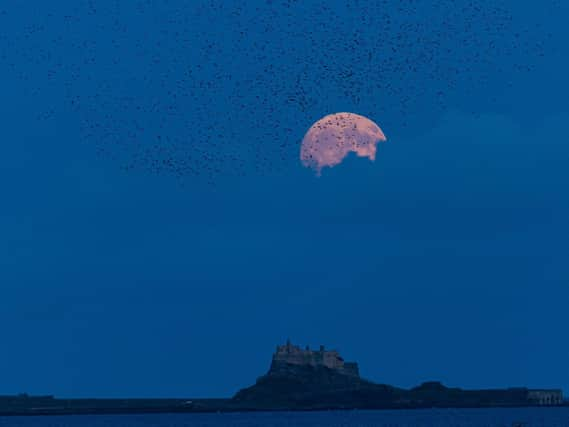

The Pegasus paddlesteamer bound for Hull went down off Holy Island on a calm night in 1843 less than an hour after striking a hidden rock.
"Good God, we are all going to the bottom" were among the captain's last recorded words.
Advertisement
Hide AdAdvertisement
Hide AdOne desperate passenger threw a message in a bottle into the sea, recalling the famous rescue five years earlier by Grace Darling and her father of some of the survivors from the Forfarshire, wrecked on the Farnes.
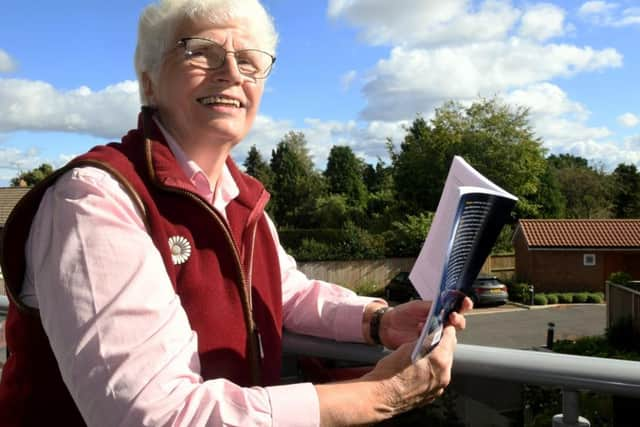

The note found washed up months later read: "In great distress; struck upon hidden rocks. On board fifty-five persons, vessel must go down and no Grace Darling."
In fact, writes Jane Bowen, the Beverley-based author of a meticulously researched new book into the sinking, some 70 people lost their lives, including well-known Shakespearean actor William Elton, who left behind seven orphaned children.
Bodies were still washing up months later - that of a child aged eight to ten was thought to have been the last, found trapped in rocks a year later, seaweed growing on his clothes.
Advertisement
Hide AdAdvertisement
Hide AdFrom Triumph to Tragedy records the history of the paddlesteamer, built by Glasgow firm Robert Barclay & Co, for a twice-weekly passage between Hull and Leith in Scotland, the cause of whose sinking remains unclear to this day.
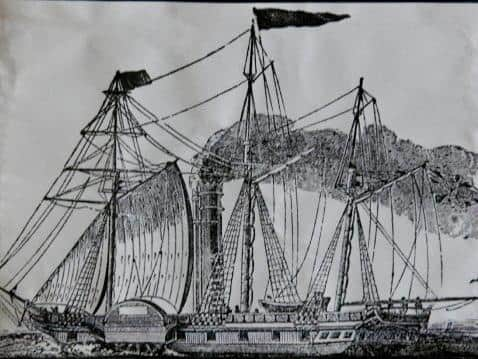

Launched in 1836, she offered "commodious and elegant" accomodation for passengers, with "every comfort of which any steamer can boast".
The retired history teacher and headmistress of Norton School became fascinated by the story when she chanced upon an old poster in the County Archives in Northumberland, offering a five pound reward for the recovery of the body of Sarah Briggs, a passenger from Hull.
Mrs Bowen, who finished off the book during lockdown, said: “I immediately thought, what could this be about? What is Pegasus? It was so intriguing I just had to find out more."
Advertisement
Hide AdAdvertisement
Hide AdThe question of how Pegasus, taking a route it had taken many times before and on a clear and calm night, ended up on the rocks has never fully been answered as there were only six survivors.
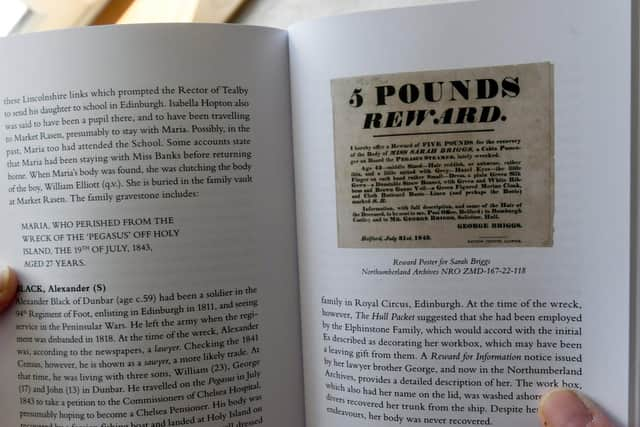

An inquest jury - the verdict was later quashed - concluded that it was due to the captain's gross negligence and those on look out.
Its one recommendation - that there should be lifeboats for all passengers and crew - wasn't taken up widely until the sinking of the Titanic in 1912.
It's the small details in the book - from the contents of the trunks which washed up after the sinking to the clothes the victims wore - and the efforts of relatives to find out the fate of their loved ones which bring the long forgotten victims alive.
Advertisement
Hide AdAdvertisement
Hide AdDickens' role in the story, in fundraising for the family of William Elton, who was returning to London with his company after appearing at the Adelphi in Edinburgh, is fascinating.
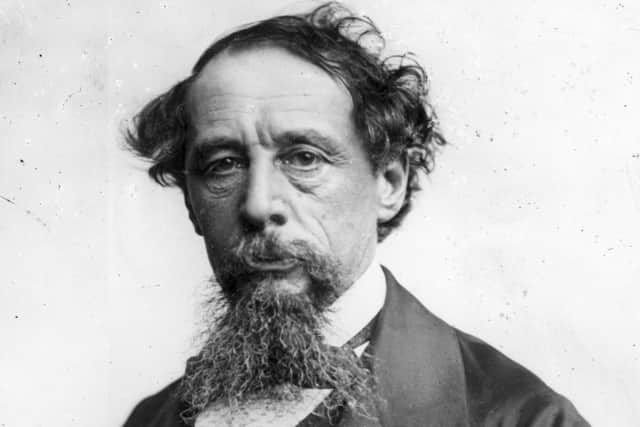

The rising author didn't seem to have been a close friend, but poured himself into efforts to help the seven children ranging in age from Esther, 24, to Lucy Emma, aged eight. Even Queen Victoria donated £30.
Dickens was clearly impressed by how Esther dealt with the tragedy, describing in a letter to a friend the "quiet, unpretending domestic heroism" she displayed.
It is believed he used Esther provided the inspiration for the character Esther Summerson in Bleak House.
From Triumph To Tragedy can be ordered through Beverley Bookshop, or online from Amazon or Waterstones.
Comment Guidelines
National World encourages reader discussion on our stories. User feedback, insights and back-and-forth exchanges add a rich layer of context to reporting. Please review our Community Guidelines before commenting.